You’ve likely seen pergolas in a large number of backyards. They are commonly used with patios or decks that require a bit of shade from the harsh summer sun. One very important thing to note about the pergola is that it is not a complete shade from the sun. It does have slits between the planks of wood that allow for limited sunlight to protrude through them. Sure, it’s nowhere near as hot as having the sun shining directly down onto you without any cover whatsoever, but it’s not the complete shade you’re looking for.
Pergolas either stand on four legs or two if they are built against an exterior wall. You’ll find them mostly made of wood, though some stronger designs of the pergola have masonry at the base of the posts. Modern iterations of the pergola may utilize an aluminum frame with wooden planks at the top or even fiberglass. You can also opt for a retractable pergola with sides that can be opened and closed depending on when you need it.
Other than providing limited shade, pergolas are mostly there to create an outdoor living space. While the pergola may not fully shield the area below from sunlight, rain, and other weather conditions, it can create air circulation through the slits between the roofing boards. This air circulation is focused on the area below, making the outdoor space more comfortable to sit in. The pergola is also good for keeping the landscape visually clear. Other types of shades may limit the view of your backyard, as they have a solid surface acting as the shade. Pergola allows for light to protrude through the slits of the shade boards, so it is far less of an eyesore.
The downside of the pergola is that it does not make your outdoor living space usable all throughout the year. If it is too hot outside, raining, or snowing, you will not be able to make use of your outdoor living space as the pergola is not designed to protect the area from these weather conditions. The additional comfort it provides is noticeable but far more subtle than a solid shade.
Pavilion
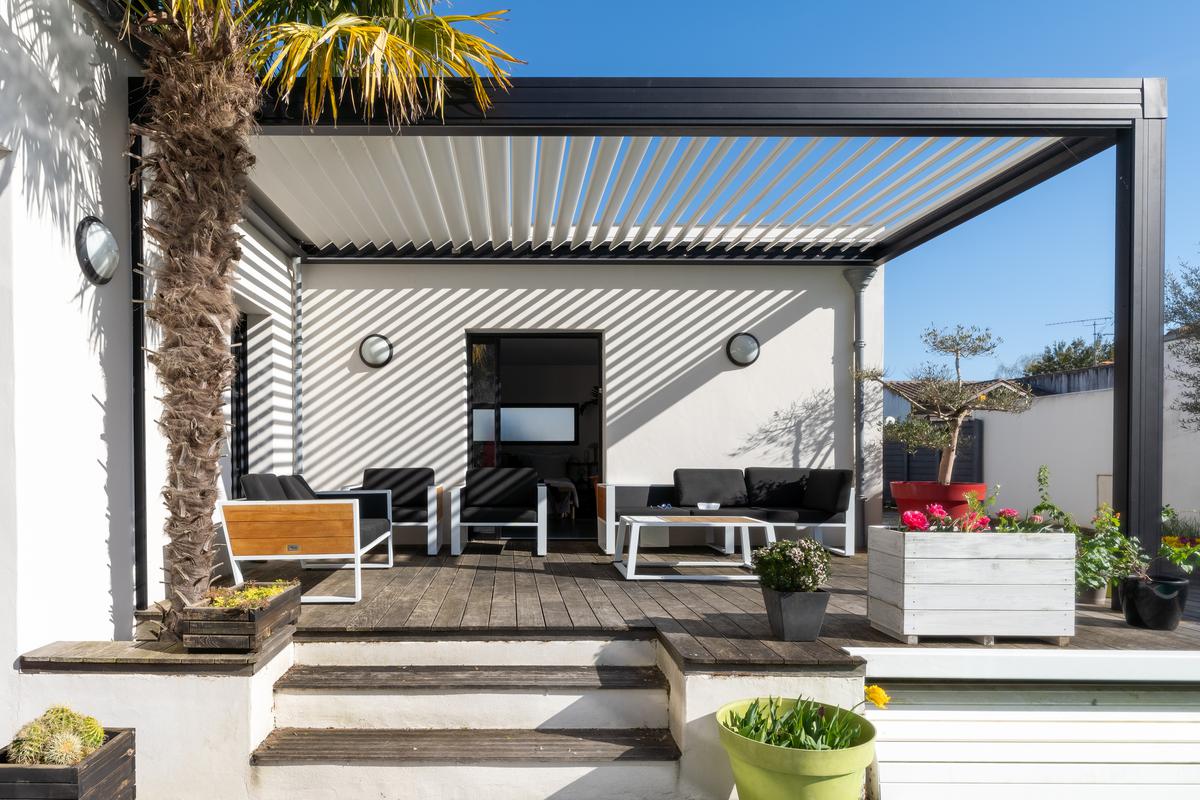
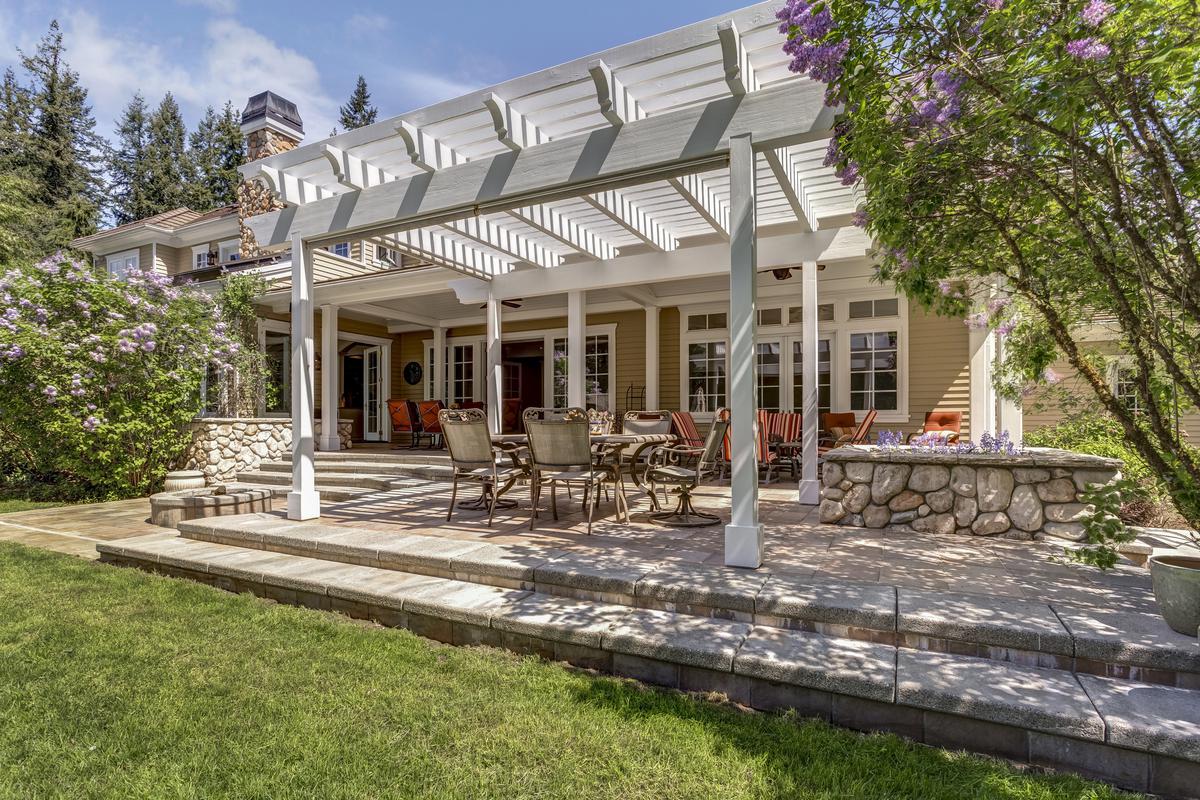
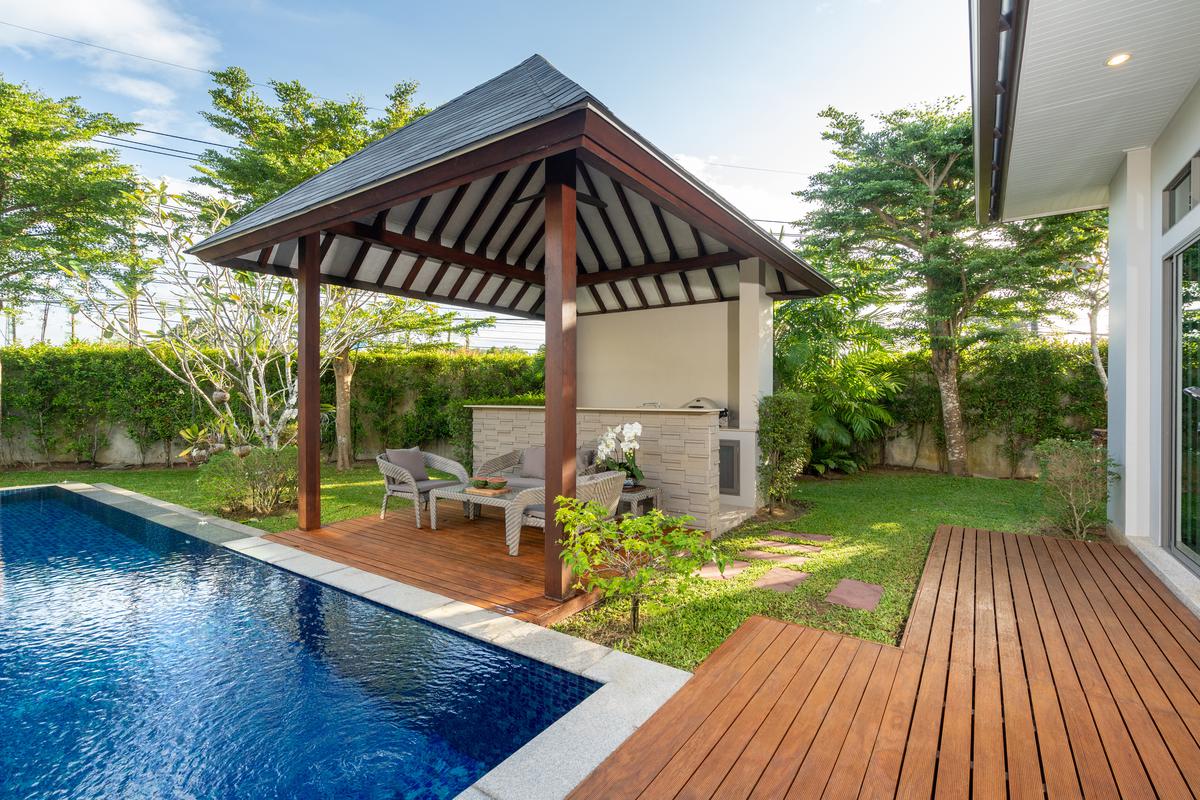
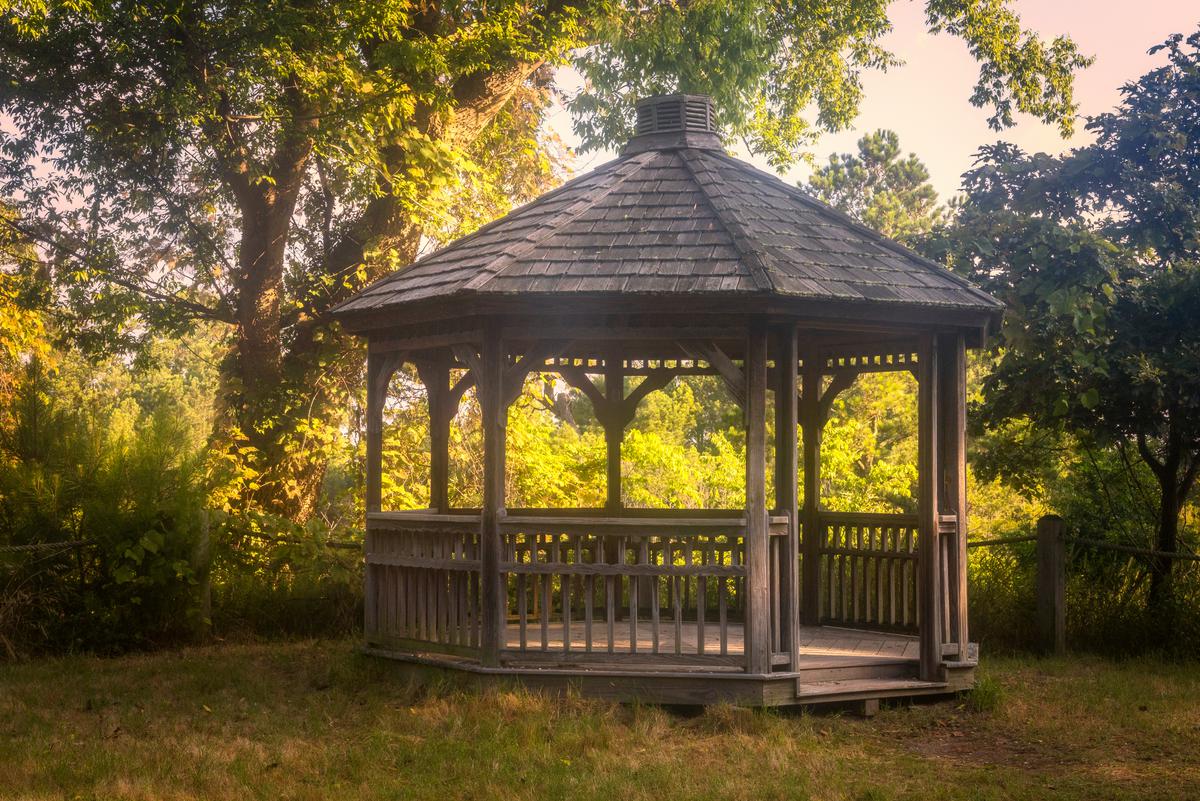
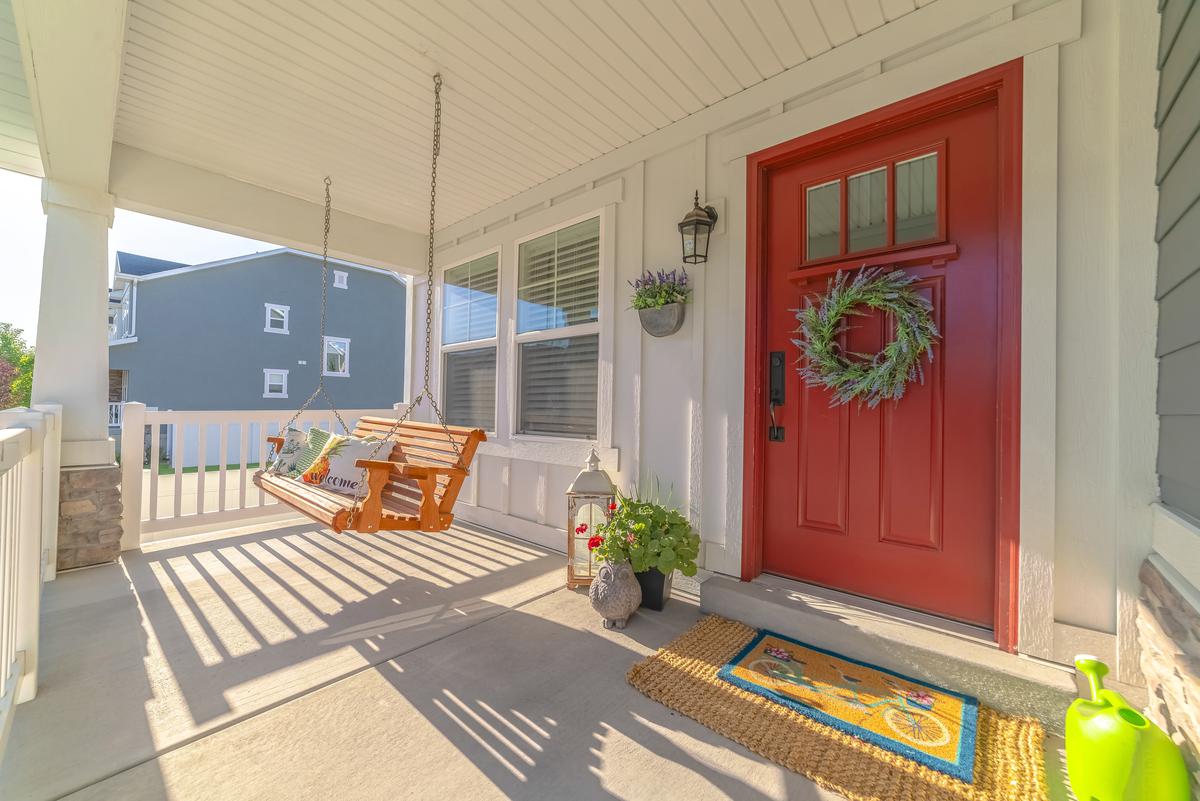
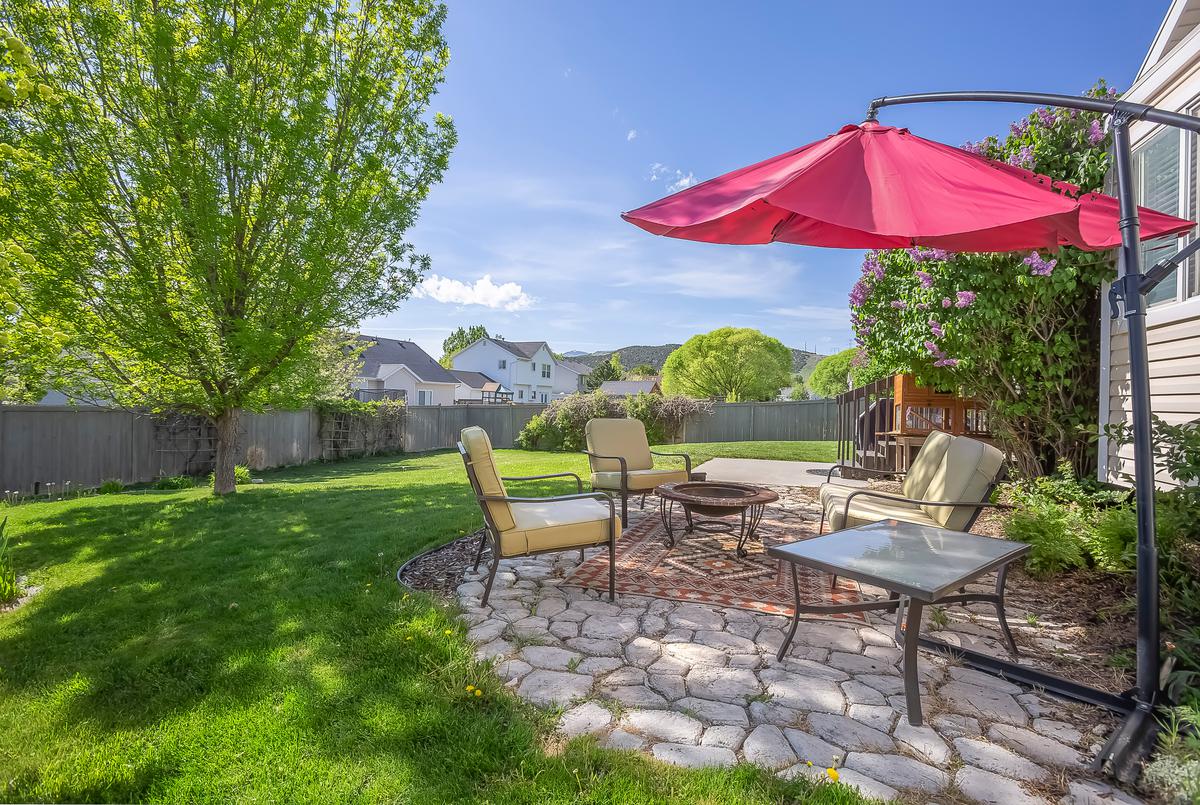
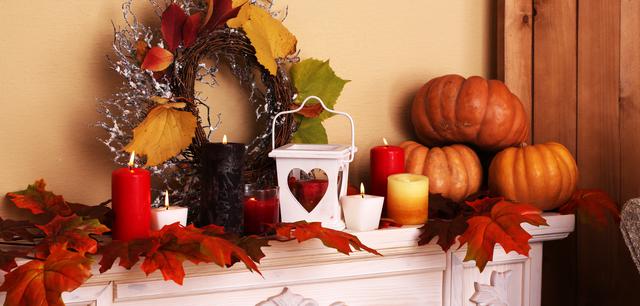


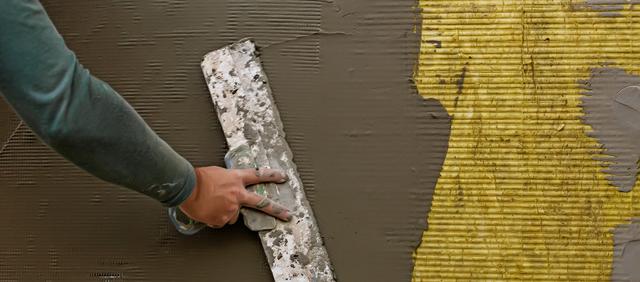
comments